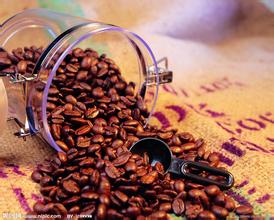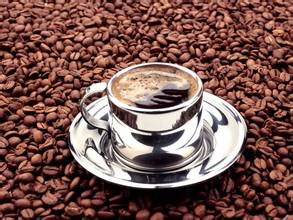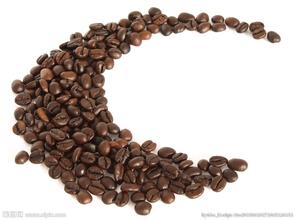Mexican coffee bean flavor taste manor production area introduces Mexican boutique coffee
To pair Mexico's most famous tequila with coffee, pour a small shot of tequila into the bottom of the glass, then milk and coffee, preferably garnished with cream and cinnamon. Tequila is a powerful drink, and if you're brave enough, try this alternative coffee.
The selection of Mexican coffee is generally done manually. The main basis for selection is according to the fullness of coffee particles, whether uniform, and then divided into grades. Generally speaking, coffee with full and uniform particles is easier to preserve. Only the purest and most uniform coffee beans can be roasted to represent the best and finest coffee in the country.
After the coffee beans are picked, they are spread out in a special room with ventilation on all sides. About a week later, the beans are packed in loose bags so that wind can blow through the bags. After about seven weeks, coffee beans change color and taste. Finally, these coffee beans are manually selected to select high-quality coffee beans and formally bagged for preservation.
Aldumara coffee beans are Mexico's top coffee beans, which are large in size, with intense sweetness, acidity and good aroma. Alcohol-free Mexican coffee is often served with milk. Heat a cup of milk, a teaspoon of cinnamon powder and a teaspoon of vanilla powder in a saucepan over medium heat. Then add cocoa powder, dissolve well and stir well. If you like chocolate, you can use chocolate paste instead of cocoa powder mixed with milk. Allow the milk to cool for about 5 minutes before pouring into the coffee. Garnish the coffee with cold cream and a cinnamon stick. Chocolate and cinnamon aromas blend together to give off a desert flavor. Tasting such a cup of coffee, you feel as if you are walking through a desert full of vicissitudes

Important Notice :
前街咖啡 FrontStreet Coffee has moved to new addredd:
FrontStreet Coffee Address: 315,Donghua East Road,GuangZhou
Tel:020 38364473
- Prev

Taste of Guatemala Coffee Manor Flavor introduction Guatemala Antigua boutique coffee beans
Antigua has fertile volcanic soil, which cultivates Guatemala's most famous volcanic soil to grow coffee, but it is not marked as Antigua. The price of real Antigua is higher. Therefore, coffee from other producing areas is also marked as Antigua on the market, making the circulation of Antigua coffee far exceeds the actual output of the producing area. Even if it is really produced in Ann.
- Next

Dominica coffee bean flavor taste manor area introduces boutique coffee
Coffee in Dominica is grown in highlands and lowlands, and its taste is slightly different. The upland is sour, but the taste is rich; the lowland is less sour and tastes smoother. Boutique coffee has become popular in recent years. High-quality coffee beans produced by some Dominican estates have a rich aroma, mellow taste and moderately bright sour taste, and have been bought with the more famous Puerto Rico beans or teeth.
Related
- Detailed explanation of Jadeite planting Land in Panamanian Jadeite Manor introduction to the grading system of Jadeite competitive bidding, Red bid, Green bid and Rose Summer
- Story of Coffee planting in Brenka region of Costa Rica Stonehenge Manor anaerobic heavy honey treatment of flavor mouth
- What's on the barrel of Blue Mountain Coffee beans?
- Can American coffee also pull flowers? How to use hot American style to pull out a good-looking pattern?
- Can you make a cold extract with coffee beans? What is the right proportion for cold-extracted coffee formula?
- Indonesian PWN Gold Mandrine Coffee Origin Features Flavor How to Chong? Mandolin coffee is American.
- A brief introduction to the flavor characteristics of Brazilian yellow bourbon coffee beans
- What is the effect of different water quality on the flavor of cold-extracted coffee? What kind of water is best for brewing coffee?
- Why do you think of Rose Summer whenever you mention Panamanian coffee?
- Introduction to the characteristics of authentic blue mountain coffee bean producing areas? What is the CIB Coffee Authority in Jamaica?

